HomeReviewsKingsvein
Kingsvein review: monster-splatting RPG goodness that leads with its weak footThings get better the more you open it up
Things get better the more you open it up
Image credit:Rock Paper Shotgun/Rad Codex
Image credit:Rock Paper Shotgun/Rad Codex
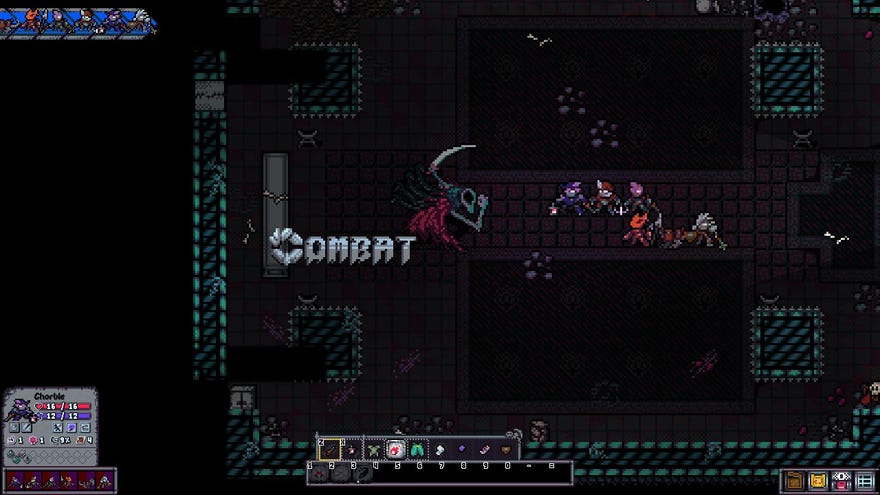
An underexplained but ultimately rewarding tactical RPG with a rich and broad character customisation system that grew on me the longer I played it.
I disliked turn-basedRPGKingsveinat first. Quite a bit, in fact. An earlier version of this review would have been a very negative on, filled mostly with complaints and annoyances about opaque and frustrating systems, most of which I’ve since got over as the intent behind its design has become more clear.
It could definitely explain some things better, and its inscrutably tiny graphics remain a minor nuisance. But it’s grown on me a lot, and though it may not be quite the kind of turn-based RPG I get on with best, it’s an enjoyable one with a refreshing lack of bloat and timewasting, and with a class and combat system that will be pure catnip to a particular kind of player.
Image credit:Rock Paper Shotgun/Rad Codex
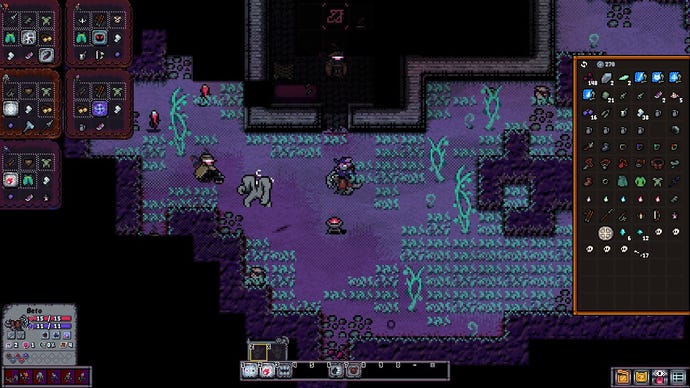
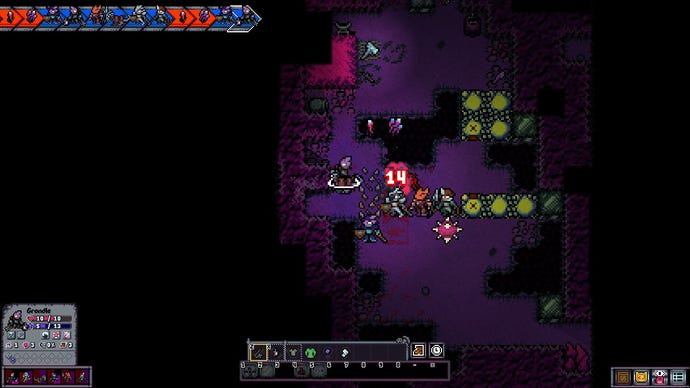
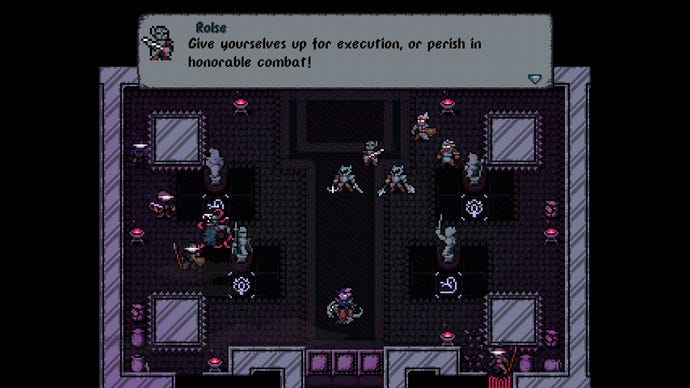
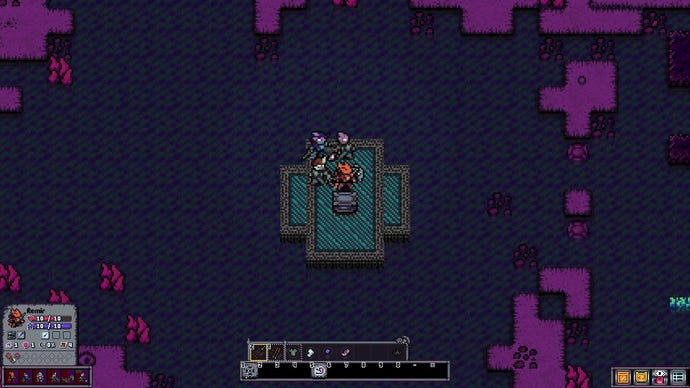
There’s a friendly warrior from afar and some utility NPCs to pitch in, but very limited dialogue, which perhaps limits the plot, but also limits time wasted listening to NPCs fill space for the hell of it. A few semi-secret bits add detail to the world, but mostly this is about finding the next visible target and running up to them to trigger a fight. Or leveling up your dudes in random battles if they’re falling short.
Image credit:Rock Paper Shotgun/Rad Codex

There are lots more details than that, and its initially opaque class and skill system becomes its strength once you figure out how it works. You can trial and error to some extent too, as unlocking a few skills you never use doesn’t render anyone underleveled, and a few side battles will fix that anyway.
If you’re the kind of player who likes setting up obscure trick shots utilising multiple classes and characters and layered status effects, Kingsvein’s combat will be catnip. You might even find it too easy once you learn how tofloop the pig.
Me though, I don’t mind drinking from the dweeb cup, and Kingsvein won’t hold it against you either. There’s as much exploration of caves and ruined buildings as combat. This turns up tonnes of loot with a hint ofUltima6-7 as you meticulously pick things off the floor and put them in your shared bag. Equipment can intensify a character’s strengths or round them out, or just give a healer a crossbow option because why not. Weapons work a tiny bit likeWildermyth- swords do more damage, and spears hit two squares in a row (and one ability makes them heal friendlies), but flails can attack diagonally and add more power to the Marshall class’s “strike” action, that instructs every friendly who can bash the targeted enemy to do so.
Image credit:Rock Paper Shotgun/Rad Codex
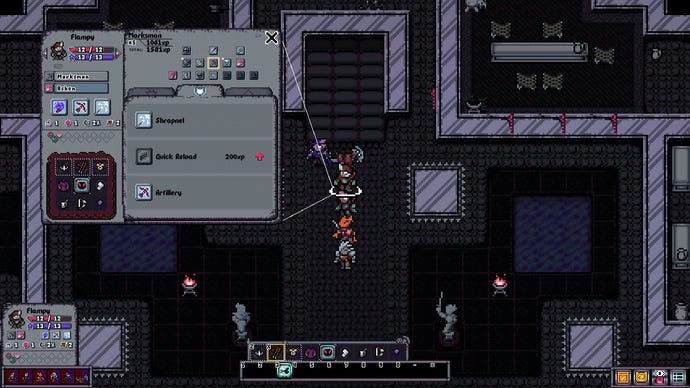
There’s basic crafting too, which really comes down to clicking spare weapons into ore or vice versa at a 1:1 return rather than any faffing about with “recipes”, and then adding a spike or magical lightning blob to a sword or a protective thing to your armour. There’s a minor but pleasant satisfaction to doing this, and it’s only an occasional thing rather than a constant sisyphean cycle of adding +1 to everything. Neither crafting or combat are the number crunching sort of game I’d feared, but the tiny graphics make it difficult to tell what a given enemy is capable of, and what little squiggly symbol something is going to upgrade. Bodies take up space on the battlefield, making some fights a real headache until you’ve got both a team and the personal experience needed to maneouvre and position effectively.
But I did learn those things, despite spurning most classes and only delving knee-deep in its possibilities after finding some mostly effective ones that I enjoyed. Those early frustrations gave way to satisfaction at scraping through a close call, and feeling like I’d won a fight through applying the right skills and plans, and making progress because I’d learned to judge my team’s capabilities rather than just make a number go up enough. That’s a great spot for any RPG to be in, and if you’re less interested in complex or hefty narratives than some chunky tactical combat and tinkering with characters as toolboxes, Kingsvein could be a slightly rough gem.